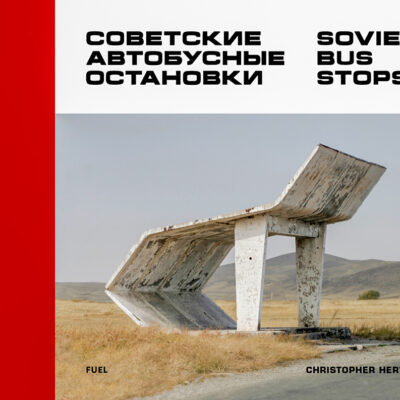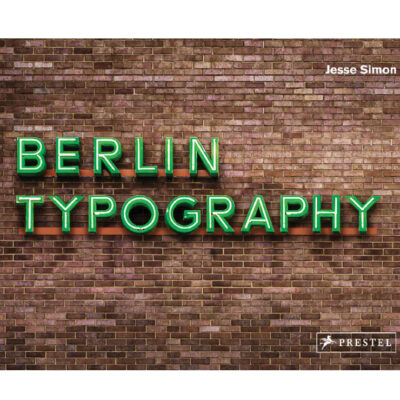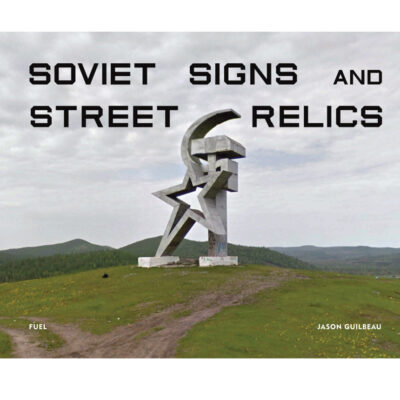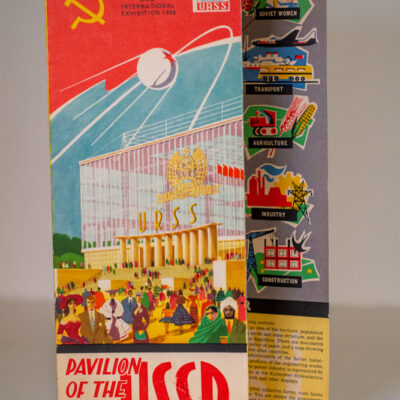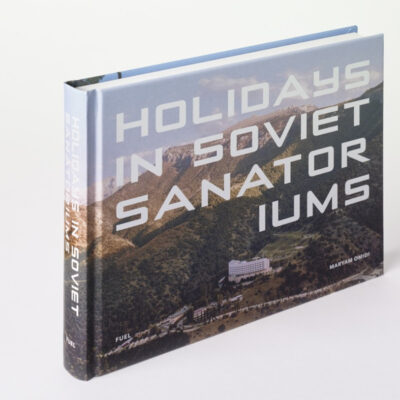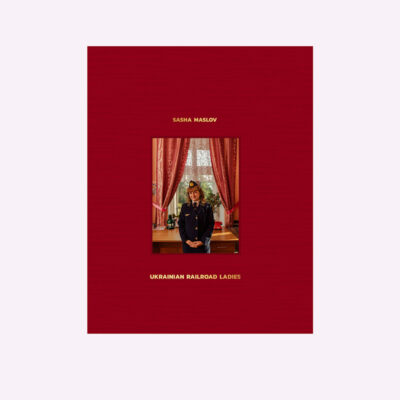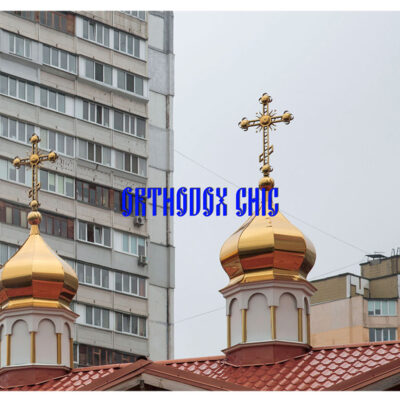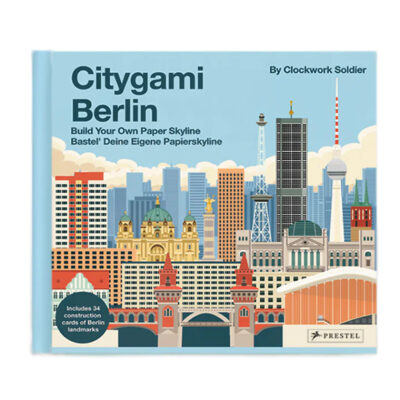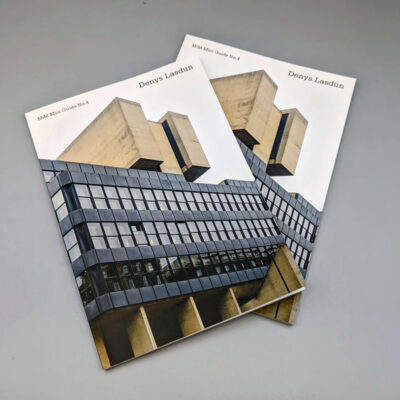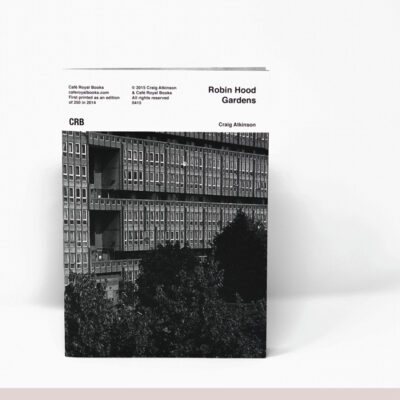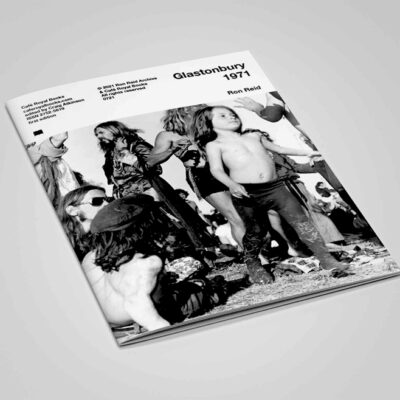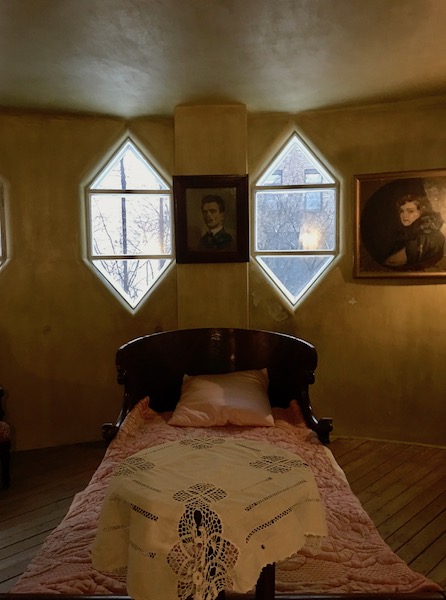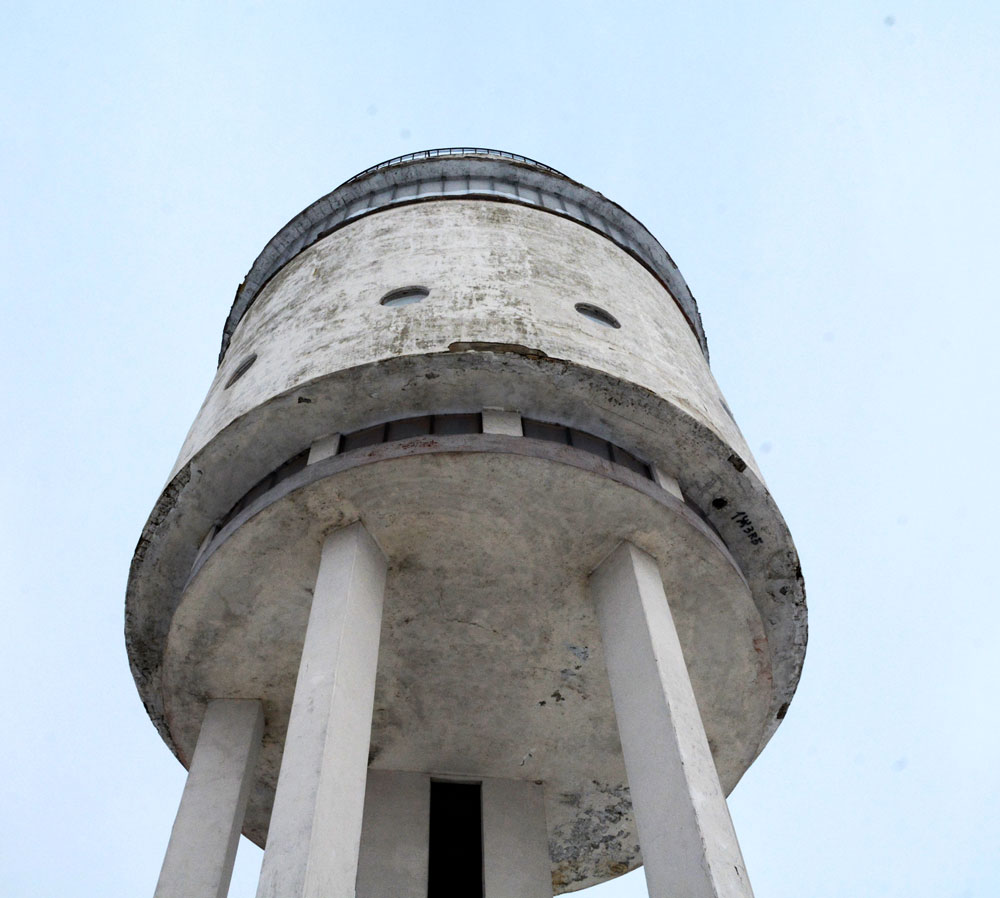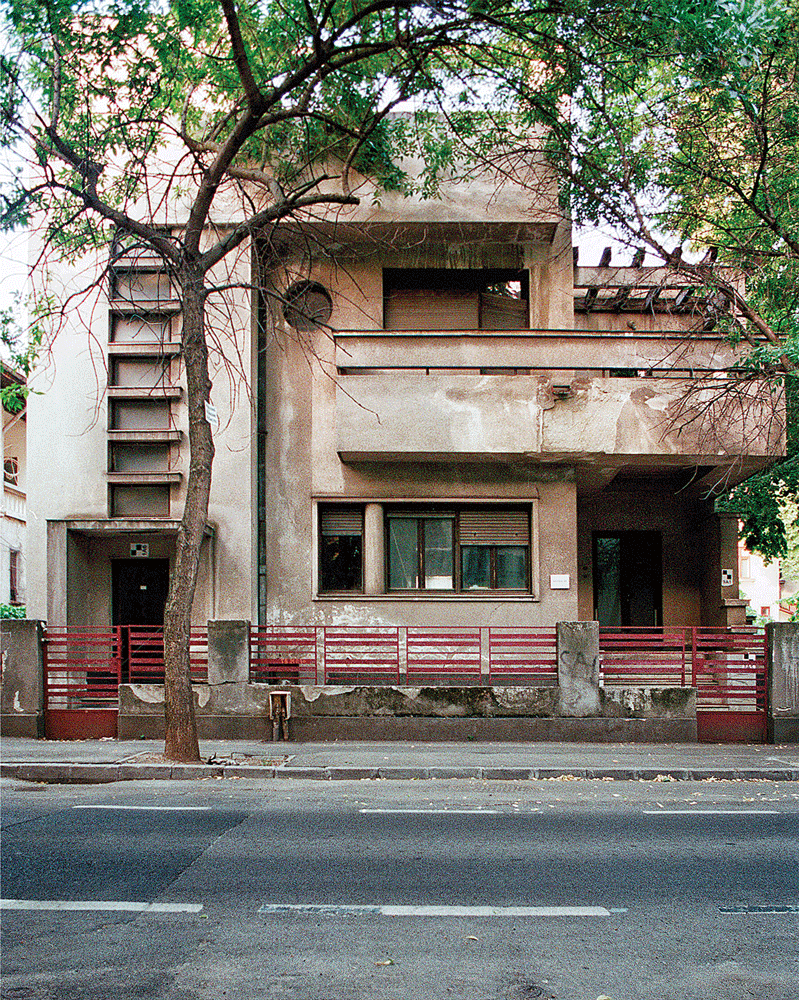In the territory of a fresh-pair-of-eyes, Eugeny Korolev is exploring Moscow’s Soviet architecture and design and likes nothing more than going out armed with his iPhone, picking his moment, catching the best light.
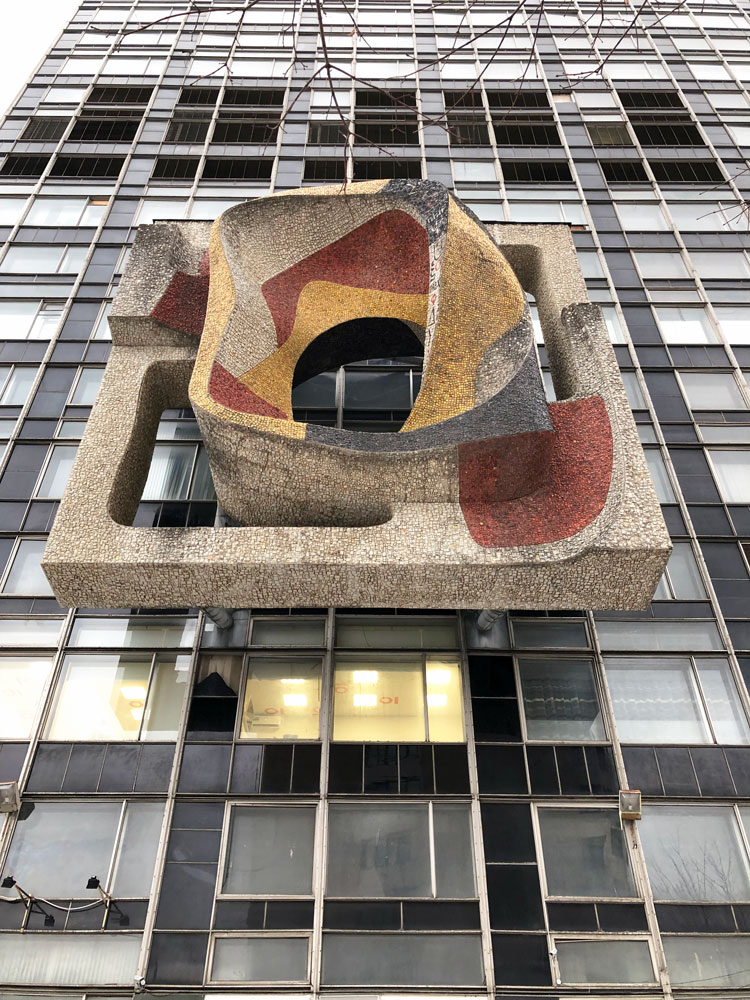
This article was written before February 2022 and Russia’s invasion of Ukraine. Greyscape stands with Ukraine.
Eugeny, born in Novocheboksarsk in the Chuvash Republic of Russia, relocated to Moscow to work as a power engineer. Greyscape asked him about what he’s discovered and how it feels living in the midst of such amazing buildings.
Q Do you have favourite architectural styles?
Constructivism and SovMod
Q What is it about constructivist architecture that interests you?
It’s the simplicity and logic. I love the fact that there is so much natural light flooding into the buildings combined with the lack of decorative detail and their sheer geometric simplicity.
We love Eugeny’s photos and want to focus on Konstantin Melnikov’s Gosplan Garage and CEMI, the Central Economic Mathematical Institute of the Russian Academy of Sciences aka the ‘house with the ear’ with its striking mosaic detail.
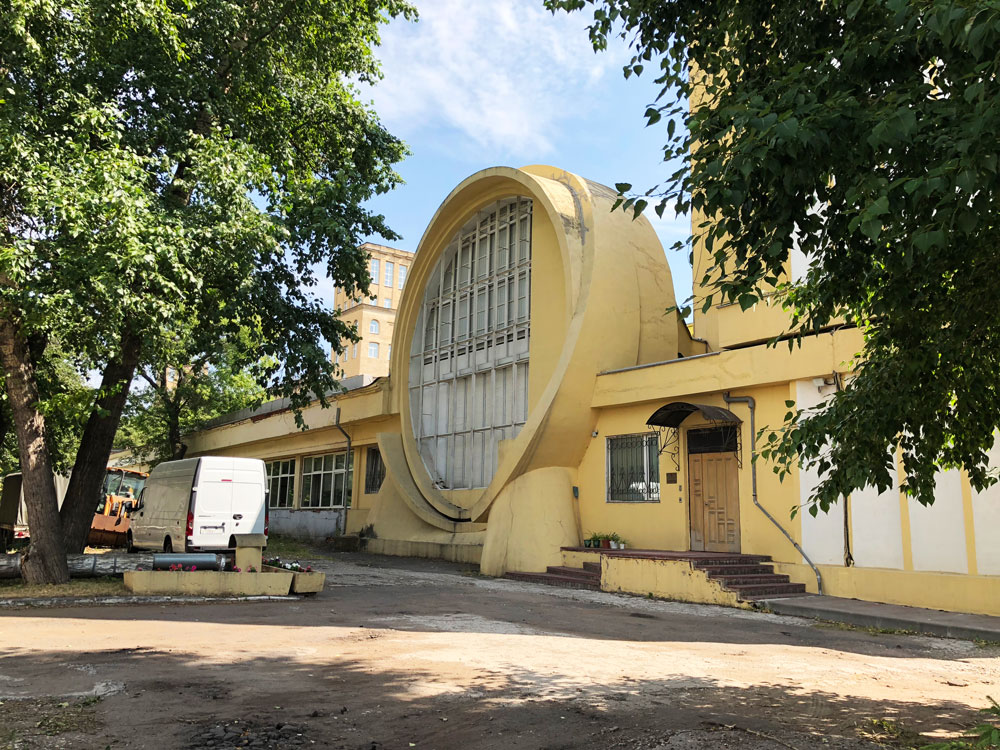
Gosplan car garage, Aviamotornaya Street, Moscow.
Konstantin Melnikov, 1934-1936
Q You like taking photos in and around the city, what caught your attention about architect Konstantin Melnikov’s Gosplan Garage?
I had read a lot about it and wanted to see it with my own eyes
Q And were you impressed?
Yes. It’s so striking with extraordinary details such as the huge round windows. It’s frankly hard to walk past without stopping. It was Melnikov’s last building which made it all the more disappointing when I visited in June 2018, as it clearly was not in good condition. Reconstruction began four months later in October 2018. This building is almost sculptural and deserves special attention because it was Melnikov’s last project.
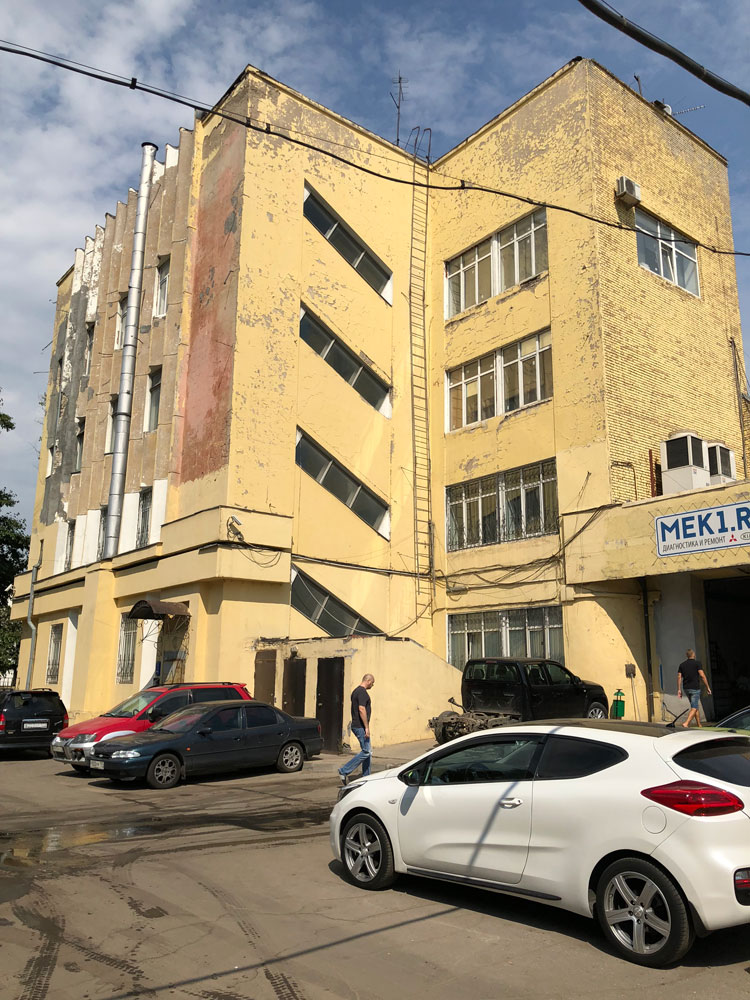
Gosplan car garage, Aviamotornaya Street, Moscow.
Konstantin Melnikov, 1934-1936
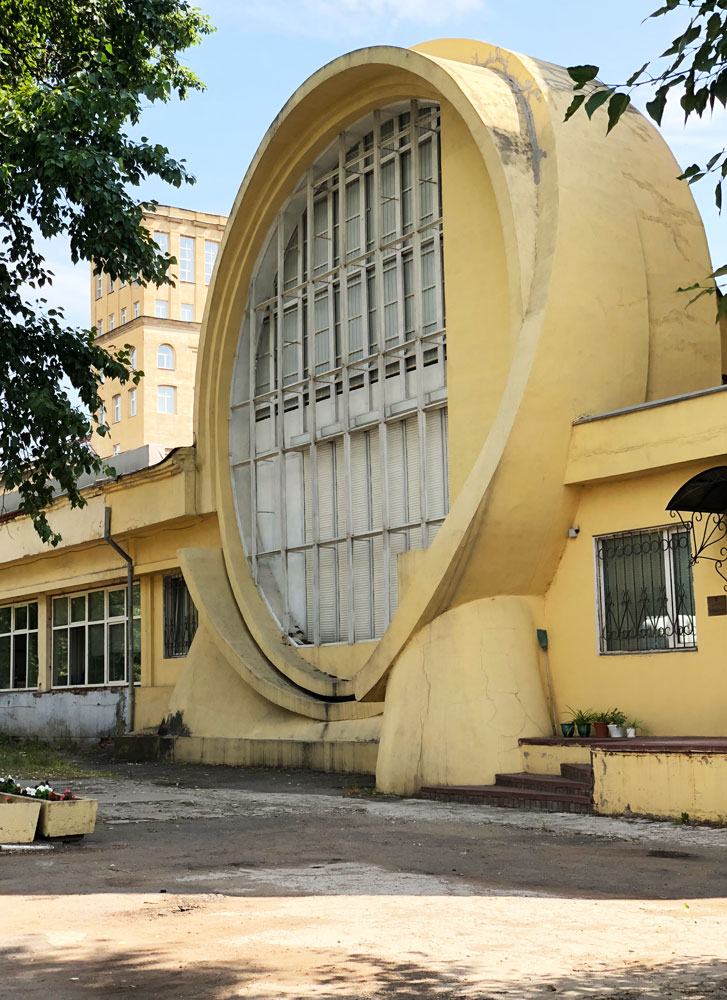
Gosplan car garage, Aviamotornaya Street, Moscow.
Konstantin Melnikov, 1934-1936
On a not quite negative note, as this reconstruction is work in progress, the Vityaz cinema closed for the same reason in 2018, unfortunately, it did not make it through the process as what has now emerged is a completely new modern building.
Q We’ve focused on your collection of Melnikov designs for this series of photos. What is it about this building that you find so pleasing?
Melnikov’s designs seem to have the balance of being highly original but somehow manage to remain uncomplicated. For example, in his family home in the centre of Moscow, the hexagon shaped windows are beautiful and unexpected. When he designed a garage, there was a playful element, the Gosplan Garage has a façade designed to look like a car radiator.
I’m not clear how well know his name is outside architectural circles, my suspicion is Muscovites (moskvichka) more commonly like highly decorated buildings and they find it difficult to appreciate the beauty and simplicity of a Melnikov design. Arguably these designs should be celebrated far more widely than they are at the moment.
Q Is this age related? Are younger people, who were born or educated post-glasnost and perestroika more interested in Soviet era design than their parents and grandparents?
This is very difficult question to answer, or perhaps, the answer is not difficult to give more the implications are difficult to digest. I think that everything, i.e. a love of interesting buildings which includes Soviet era architecture depends on one’s education, especially artistic education and upbringing.
Q Are people able to separate up the designs from the politics?
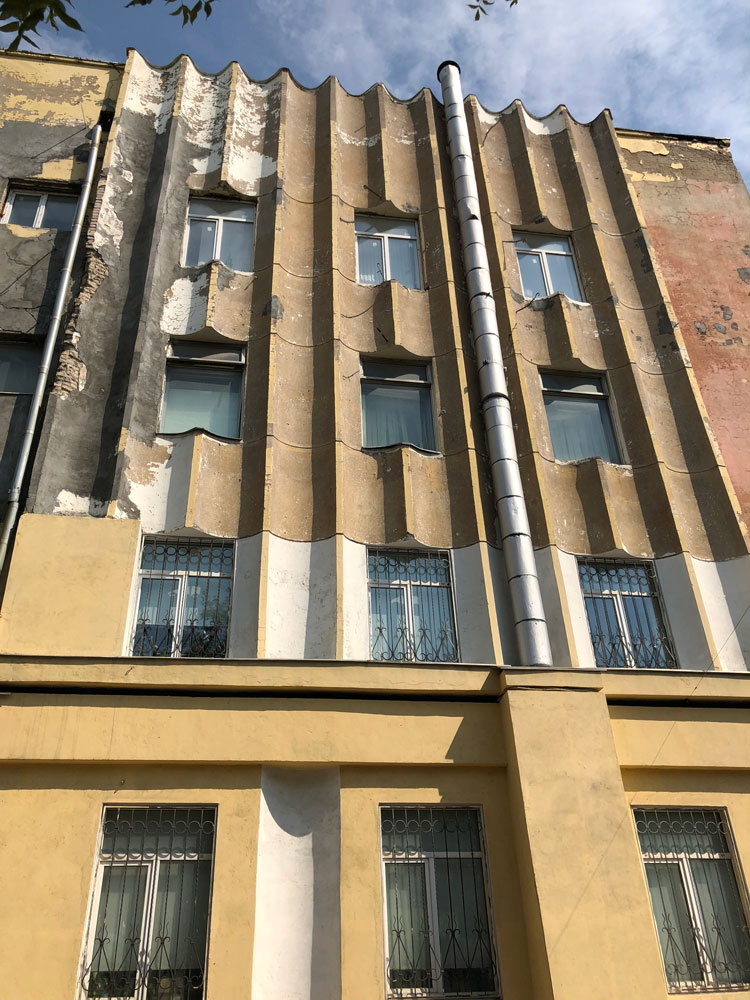
Gosplan car garage, Aviamotornaya Street, Moscow.
Konstantin Melnikov, 1934-1936
SovMod and Constructivism is naturally wrapped up in people’s mind with Stalin’s empire and the USSR. Post Stalin, the attitude of the Soviet government to architecture changed dramatically. In 1955 the government published a statement that demanded the ‘elimination of excesses in design and construction’. Soviet architects were forced to build in a particular way in order to obey the law.
I care that this is our cultural heritage and that we must make special effort to protect and preserve these important buildings. Politics and architecture in Russia are entwined and that won’t change in the foreseeable future. For example, here in Moscow the late 1990s early 2000s are strongly associated with Mayor Luzhkov.
Q What are your personal next steps in your quest to understand and enjoy these buildings?
I’m checking out old books and magazines about avant-garde, Constructivism and SovMod.
Q Is Soviet Modernism and Constructivism a topic covered in the mainstream press? Were you taught about it in school?
SovMod and Constructivism is rarely mentioned if at all in the mainstream press, and unless you are in certain specialist circles, rarely discussed. The topic is only alive on the internet, which was my go-to place to learn, old magazines are also an invaluable resource.
Greyscape is a big fan, for this reason, of Natalia Melnikova’s Constructivist Project, she works tirelessly to map the urban environment of the Soviet avant-garde to enable everyone to explore and celebrate it.
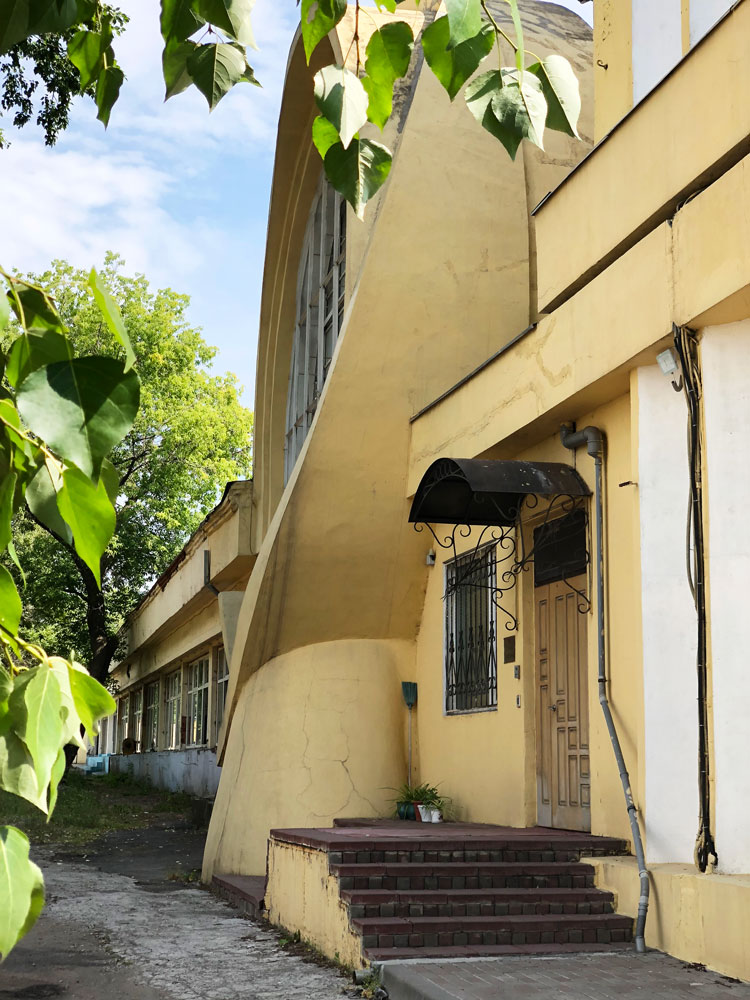
Gosplan car garage, Aviamotornaya Street, Moscow.
Konstantin Melnikov, 1934-1936
Q Let’s talk about the 1978 ‘Möbius Strip house with ear designed by architect, Leonid Pavlov and mosaic artists Vladimir Vasiltsov and Eleonora Zharenova. Is it liked by locals?
I think most locals are indifferent to this building both its style and decoration, they simply don’t appreciate brutalist architecture or Soviet Modernism
We’ve noted, here at Greyscape, some recent articles that echo this, in particular, considering mosaic decorations on buildings. Locals accept them as part of the urban landscape to a level of them being almost ignored, whereas outside the former Soviet Union they are considered highly unusual.
Q Are young Russians working in Mosaics?
Check out Moscow mosaic artist Marat Nabi https://www.instagram.com/marat_nabi/
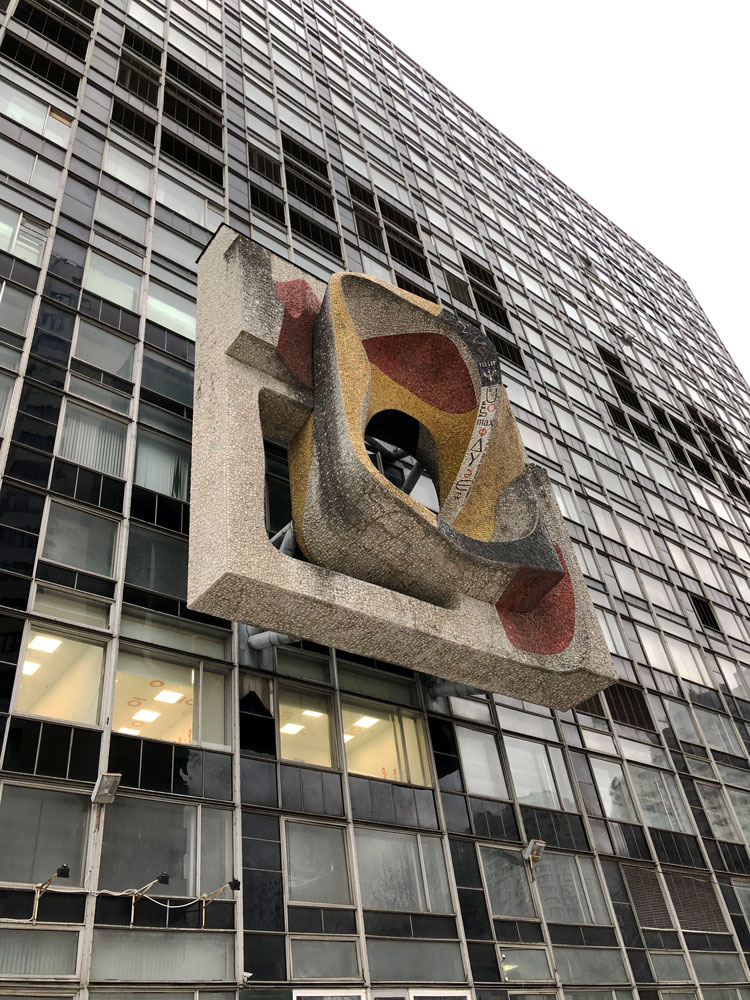
osaic composition “Möbius strip” (house with ear)
The Central Economic Mathematical Institute (CEMI) of the Russian Academy of Sciences, Moscow, Russia.
CEMI building created by architect Leonid Pavlov in 1978, painters (mosaic) Vladimir Vasiltsov and Eleonora Zharenova.
Q Were the architect and the mosaic designers well known?
Leonid Pavlov was a famous monumentalist and the artists were the recipients of a variety of important awards including The People’s Artist of the Russian Federation, Laureate of the State Prize of the USSR, Eleonora Aleksandrovna Zharenova was made an Academician of the Russian Academy of Arts.
Stuff we’d love to know!
Russian movies …what is your favorite old film and new film?
That’s a hard one! ‘Stalker’ by the famous Soviet filmmaker Andrei Tarkovsky and a much newer film, Oscar nominated, ‘Loveless’ by Andrey Zvyagintsev
Best Russian dish we should all know about?
Pelmeni …Russian dumplings
Favourite music?
Erasure, Chemical Brothers, Jain, Yello, Bjork, Vangelis and Pink Floyd
Local standout exhibitions?
Picasso and Khohlova at the Pushkin Museum of Modern Arts, Mikhail Chemiakin at the Moscow MoMA
Wish List: Best place to visit in Russia and why we all ought to try and get there!
This has to be Lake Baikal, incredible views, clear water, beautiful nature and a fascinating landscape. The ice freezes so deeply and so fast that it is transparent.
Eugeny can be followed on Instagram at www.instagram.com/eugenykorolev/
All images © Copyright Eugeny Korolev. All rights reserved.





